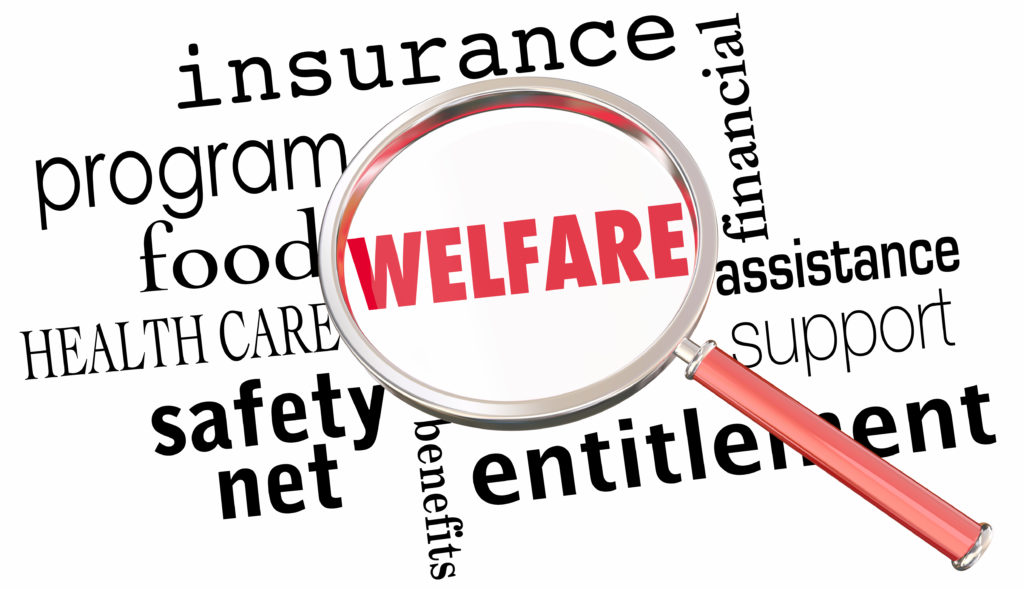
In recent years, health care experts are paying increasing attention to the health care factors that occur outside the doctor’s office, Referred to as “the social determinants of health,” these factors include access to healthy food, safe housing, transportation, supportive families and social networks.
With current “shelter in place” guidelines in effect, imagine the situation if you had no shelter. Or your home environment was dangerous. And you’d love to support local restaurants with take-out but you have no money for food. Your minimum wage job is gone, children are released from school, and vulnerable family members who need extra protection from infection, simply can’t get it.
These situations, amidst a pandemic of a highly contagious virus, illustrate the impact of a weak safety net on not just one part of the population, but all of us.
How the Social Safety Net Impacts Health
Do you know what the connection between nutritional assistance, housing assistance, and Temporary Aid for Needy Families (TANF) is? All three of these social assistance programs have been threatened with budget cuts —and underfunding for all three (among others) is linked to America’s higher spending on healthcare.
The United States is infamous for spending significantly more money on health care than other comparably wealthy nations—an estimated 18% of GDP is spent on health care annually. Additionally, however, the U.S. also spends less on social services than other countries—four percent compared to an average 10%, according to Modern Healthcare. So how are these two things related? The answer can be explained in part by social determinants of health.
Spending on social safety net programs is essentially a preventive health care measure. When people have access to a decent place to live, the means to keep themselves sufficiently fed and nourished, and transportation and access to healthcare, then they are less likely to allow initially minor health problems to develop into more complicated ones.
It is a rather simple connection to grasp, yet the truth of the matter is often lost in archaic beliefs that people who are poor deserve their lot – they simply aren’t working hard enough, and giving them assistance makes them dependent. These perspectives fail to take into account the realities of wealth distribution in the U.S. today, the loss in real income over the last decades, how hard people in poverty are already working, and, significantly, the cost to everyone when these disadvantaged individuals and families do not receive health care.
When people skip doctor’s appointments because they can’t afford transportation, or when children are living in houses with rodents and lead paint, or when there is food insecurity, chronic and even catastrophic health care conditions become more common. And in a pandemic, when social distancing is these environments is impossible, the dangers of infection multiply, the health care system is burdened with preventable cases, supplies are strained, and we are all endangered.
If you’re in healthcare, insurance, technology or other professional services industries, and need help with a PR, marketing or social media campaign, contact Scott Public Relations.
Download our e-book, “The C-Suite Asks, We Answer: The Top 6 Questions About Healthcare PR.”

Learn more about healthcare PR, insurance PR, and technology PR in Scott PR’s Einsight blog, and follow Scott Public Relations on LinkedIn, Twitter, and Facebook
Sign up to receive our monthly advice on healthcare, insurance and technology PR: Scott Public Relations.





Leave A Comment